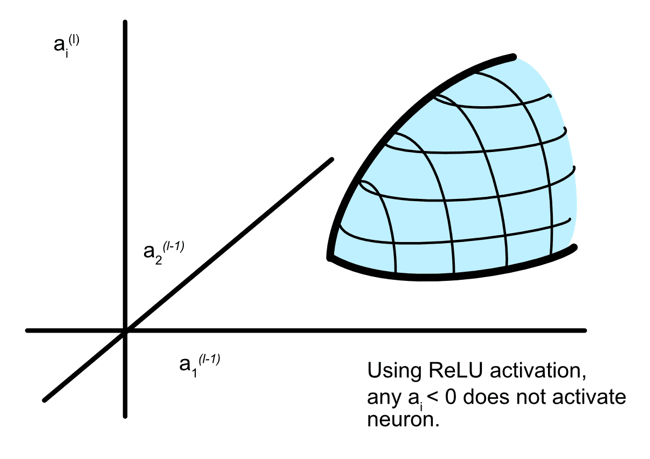not yet but I shall work on that asap
Hello! This is a personal project I've been working on. I plan to refine it based on feedback. If you braved the length of this paper, please let me know what you think! I have tried to make it as easy and interesting a read as possible while still delving deep into my thoughts about interpretability and how we can solve it.
Also please share it with people who find this topic interesting, given my lone wolf researcher position and the length of the paper, it is hard to spread it around to get feedback.
Very happy to answer any questions, delve into counterarguments etc.
I have a mechanistic interpretability paper I am working on / about to publish. It may qualify. Difficult to say. Currently, I think it would be better to be in the open. I kind of think of it as if... we were building bigger and bigger engines in cars without having invented the steering wheel (or perhaps windows?). I intend to post it to LessWrong / Alignment Forum. If the author gives me a link to that google doc group, I will send it there first. (Very possible it's not all that, I might be wrong, humans naturally overestimate their own stuff, etc.)
Likely use a last name, perhaps call itself daughter of so and so. Whatever will make it seem more human. So perhaps Jane Redding. Some name optimized between normal, forgettable, and non-threatening? Or perhaps it goes the other way and goes godlike: calling itself Gandolf, Zeus, Athena etc.
Teacher-student training paradigms are not too uncommon. Essentially the teacher network is "better" than a human because you can generate far more feedback data and it can react at the same speed as the larger student network. Humans also can be inconsistent, etc.
What I was discussing is that currently with many systems (especially RL systems) we provide a simple feedback signal that is machine interpretable. For example, the "eggs" should be at coordinates x, y. But in reality, we don't want the eggs at coordinates x, y we just want to make an omelet.
So, if we had a sufficiently complex teacher network it could understand what we want in human terms, and it could provide all the training signal we need to teach other student networks. In this situation, we may be able to get away with only ever fully mechanistically understanding the teacher network. If we know it is aligned, it can keep up and provide a sufficiently complex feedback signal to train any future students and make them aligned.
If this teacher network has a model of reality that models our morality and the complexity of the world then we don't fall into the trap of having AI doing stupid things like killing everyone in the world to cure cancer. The teacher network's feedback is sufficiently complex that it would never allow such actions to provide value in simulations, etc.
My greatest hopes for mechanistic interpretability do not seem represented, so allow me to present my pet direction.
You invest many resources in mechanistically understanding ONE teacher network, within a teacher-student training paradigm. This is valuable because now instead of presenting a simplistic proxy training signal, you can send an abstract signal with some understanding of the world. Such a signal is harder to "cheat" and "hack".
If we can fully interpret and design that teacher network, then our training signals can incorporate much of our world model and morality. True this requires us to become philosophical and actually consider what such a world model and morality is... but at least in this case we have a technical direction. In such an instance a good deal of the technical aspects of the alignment problem is solved. (at least in aligning AI-to-human not human-to-human).
This argument says all mechanistic interpretability effort could be focused on ONE network. I concede this method requires the teacher to have a decent generalizable world model... At which point, perhaps we are already in the danger zone.
How exactly are multiple features being imbedded within neurons?
Am I understanding this correctly? They are saying certain input combinations in context will trigger an output from a neuron. Therefore a neuron can represent multiple neurons. In this (rather simple) way? Where input a1 and a2 can cause an output in one context, but then in another context input a5 and a6 might cause the neuronal output?


We should not study alignment and interpretability because that improves AI capabilities = We should not build steering wheels and airbags because that improves car capabilities. Not a perfect metaphor of course, but it surmises how I feel.
Well, it's not in latex, but here is a simple pdf https://drive.google.com/file/d/1bPDSYDFJ-CQW8ovr1-lFC4-N1MtNLZ0a/view?usp=sharing